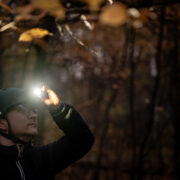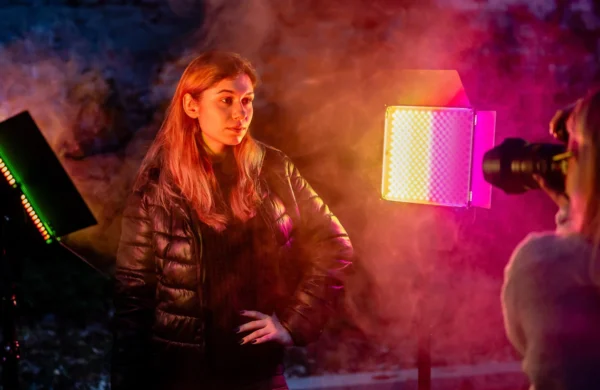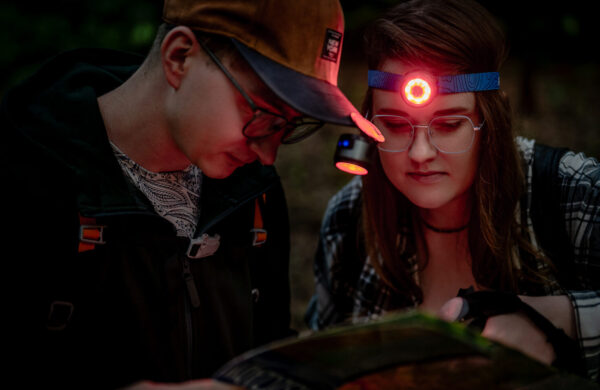Portrait photography is the art of moments; capturing deep emotions and personalities presented through single frames. It is not only an emphasis on technique but also on the ability to build a relationship with the model. In today’s article, we invite you to take a journey through the world of portrait photography, where we will focus not only on lighting but also on nuances unrelated to photographic equipment.
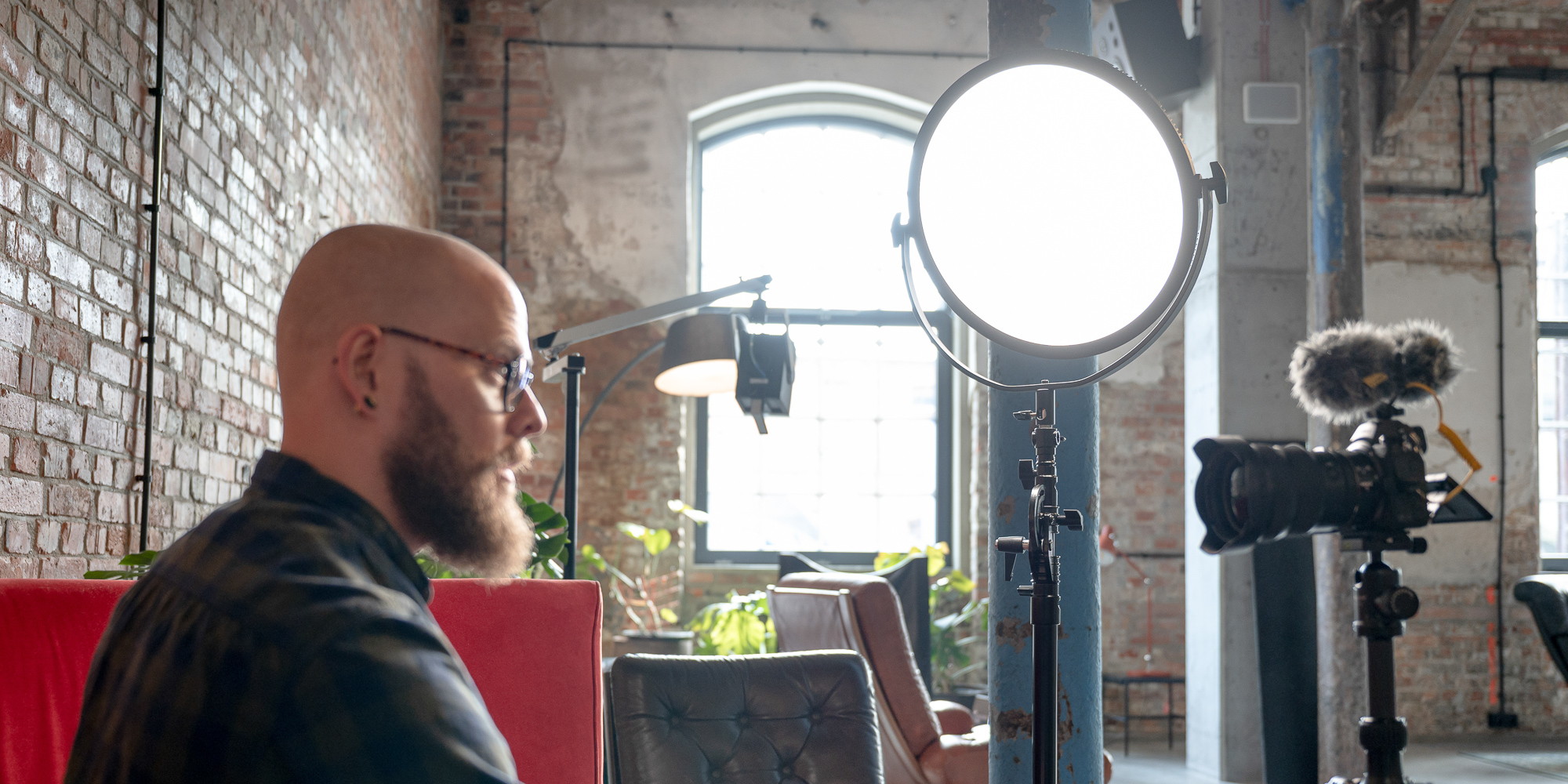
Portrait photography is not just about clicking the shutter button at the right moment. It’s all about knowing how to establish rapport, create the right atmosphere, and use light in a way that emphasizes emotion. These are the issues we will address in the following paragraphs:
- How to build an authentic relationship with your model to achieve portraits full of depth.
- The role of light in portrait photography.
- Lighting to make your portraits unique.
- Composition techniques that work best for portraits.
- Choosing the right background is an important part of the emotional message in portrait photography.
- The art of catching spontaneous moments that add authenticity to your portraits.
- Practical tips related to the selection of photographic equipment, including the use of Newell Sparkle lights.

Portrait photography: choosing the right equipment
Choosing a camera and lens is undoubtedly an important step toward getting crisp photos. Full-frame sensors, bright lenses, or the ability to manipulate depth of field are all solid foundations for successful portrait photography. However, this does not mean that all of these things will be essential. What counts above all are emotions, and these are unlikely to be evoked with equipment (wear unless you are photographing another photographer and have tens of thousands of zlotys worth of equipment at your disposal 😅). However, we will talk about the relationship with the model later. Although the equipment is not the most important thing, let’s stay on this topic for a while.
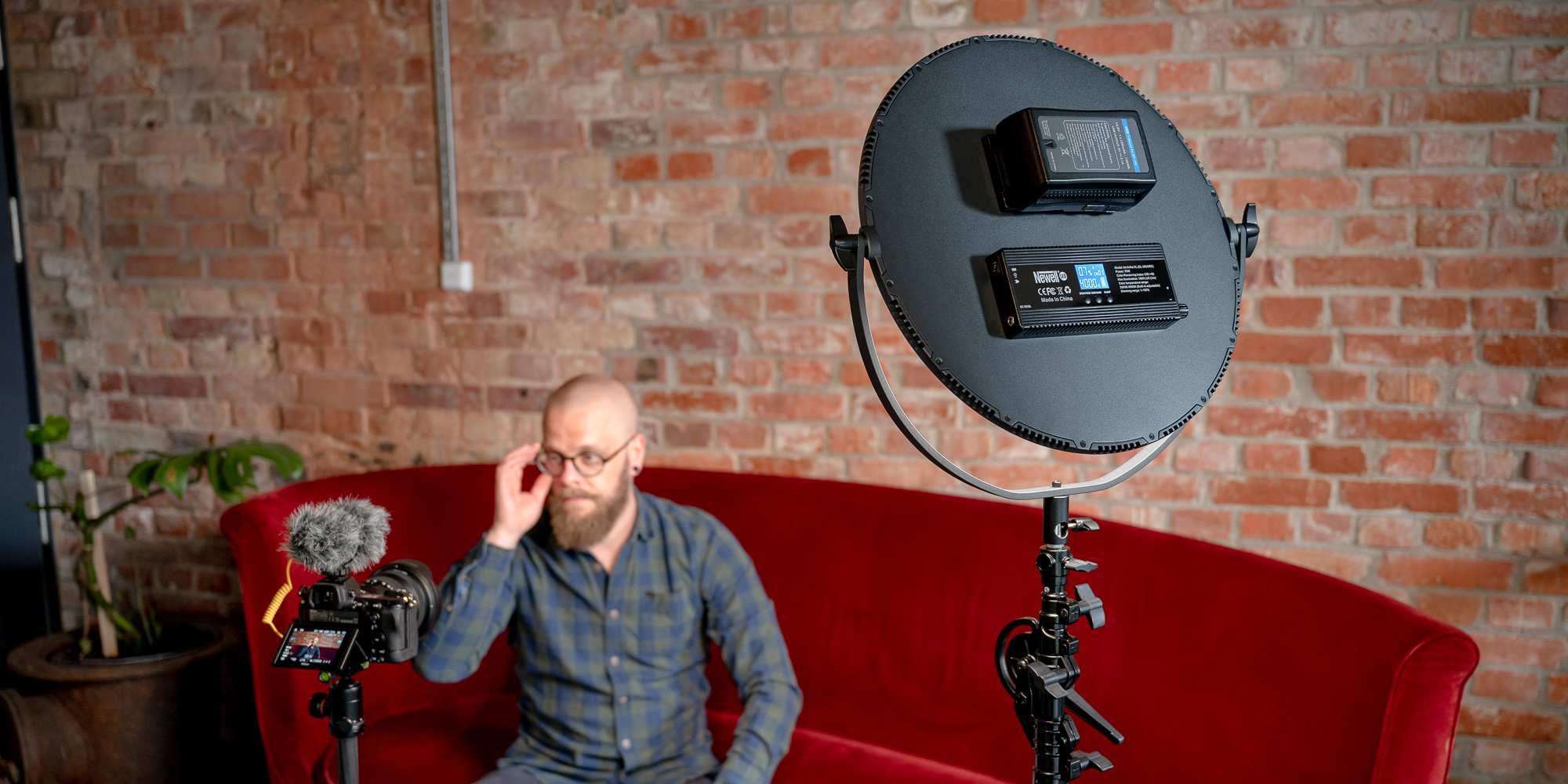
Newell Sparkle: the perfect choice for getting started
Nowadays, photographic equipment is not just cameras and lenses. On the market today we have access to advanced tools that do not have to be expensive at all. Among them, it is certainly worth mentioning LED lights, which are nowadays basic equipment for photographic studios. Even simple sets consisting of 2 lamps allow you to create professional portrait photos on your own. An example is the Newell Sparkle, among others. It’s a comprehensive solution, including lamps, power supplies, tripods, softboxes, and even a carrying bag. It only takes a few minutes to set up a portable studio anywhere. It will be the best alternative to kits that use studio bulbs. The maximum light output of each LED panel is as much as 1650 lux, and the set is almost 100 watts of power! The lights also offer adjustable color temperature and the option to be powered by rechargeable batteries.
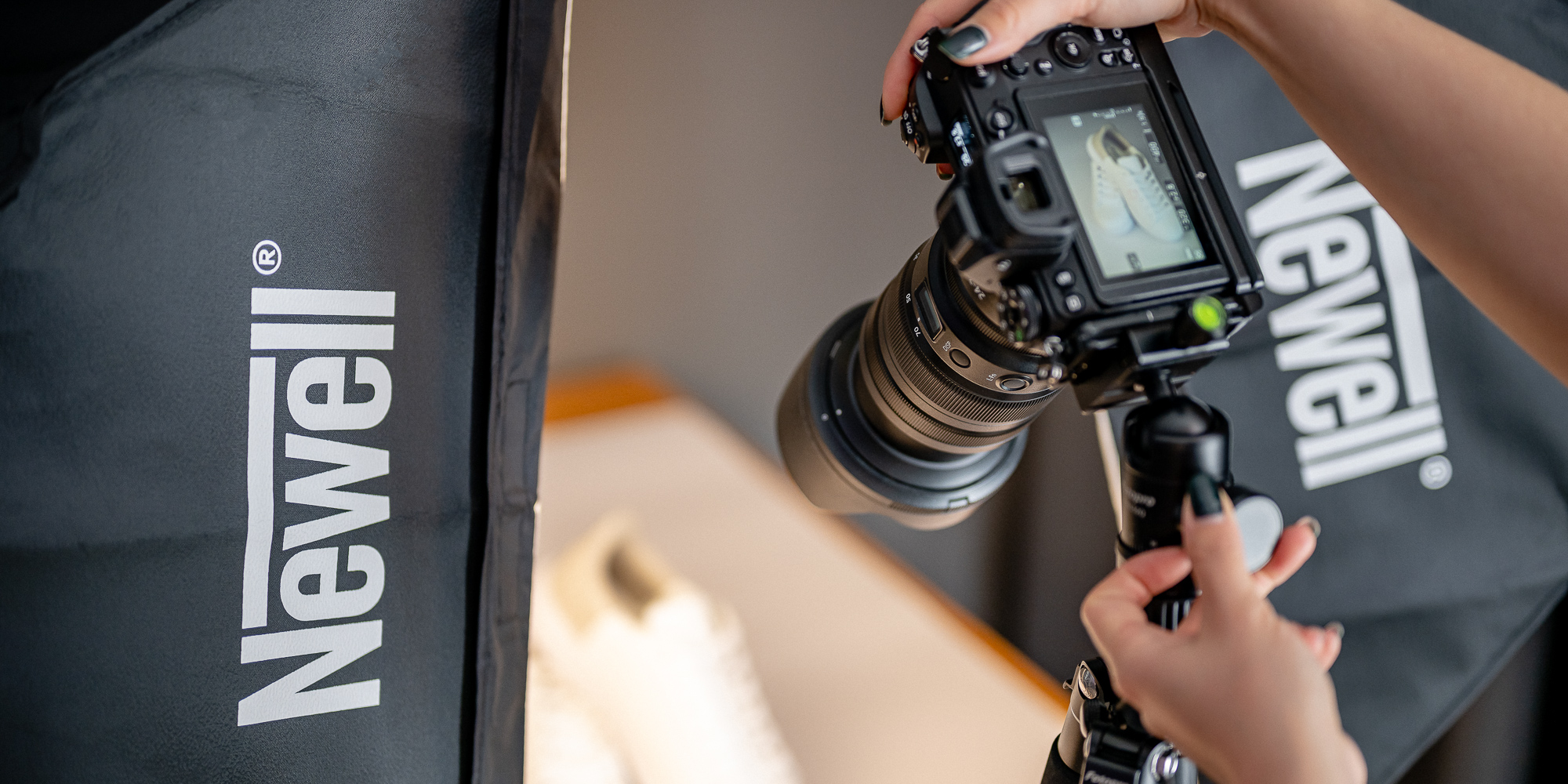
The role of light in portrait photography
Photography is the art of manipulating light. In the case of portraits, this will be extremely important. When dealing with a static image, the light models facial features, shapes moods, and helps capture emotions in a single frame. Well-crafted lighting will help to emphasize details, hide imperfections, and above all – give character to the photograph. Natural light is often used to create a soft and natural effect. Artificial light, however, gives us control over contrast, creating moods and adding drama. It’s worth experimenting with different light sources to find the perfect one.
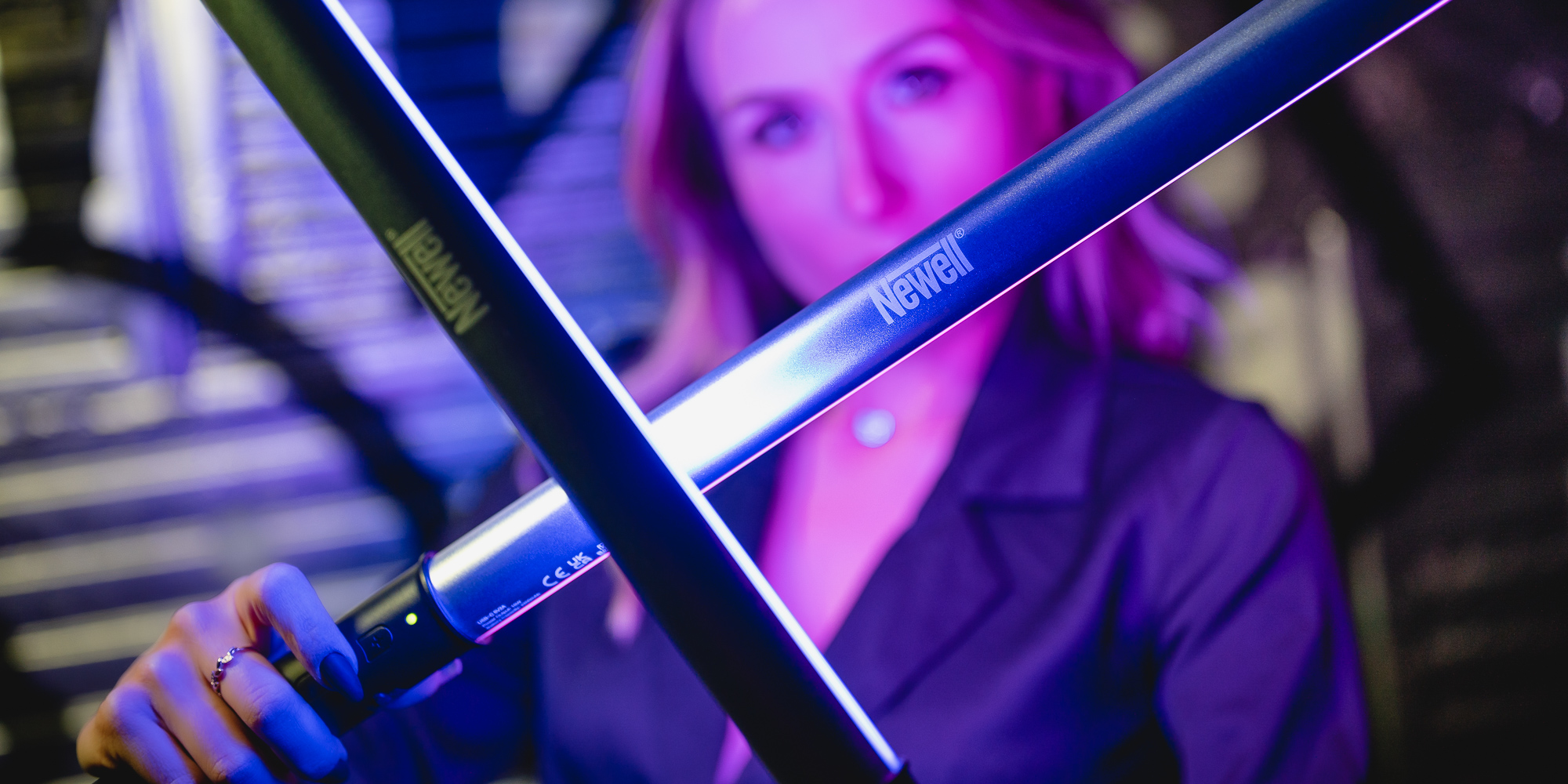
Techniques for working with light in portrait photography
Photography is also the art of adapting to changing conditions. In this chapter, we give practical tips on how to adjust light during a shoot, helping the photographer get the desired results.
- Lighting from behind – To achieve a backlit effect, position the model or model so that the light source is from behind. However, avoid making the light too intense, as this can affect the loss of detail.
- Side lighting – Use side lighting by positioning the light source on one side of the model or model. This will emphasize facial features. In this case, too, it’s a good idea to avoid overly intense lighting so that you don’t risk having too-hard shadows.
- Front lighting – For front lighting, use a uniform light source positioned in front of the model or model. This is an excellent technique when you want even lighting on the face, ideal for business portraits, for example.
- Light softening – Softboxes and diffusers are accessories to have with you during portrait sessions. Place the modifier close to your model for soft shadows. If you only have one light source, add a diffuser to make contrasts softer.
- Exposure – Regardless of the technique you use, take care of proper exposure. Avoid overexposing your photos. You may lose interesting details this way, especially in light-skinned areas.
- White balance – Adjust the white balance to the lighting conditions. Taking care of this parameter will help you achieve faithful skin color and keep your portrait natural.
- Reach for the lightsaber – The elongated LED lights are ideal for accentuating details on the face. Point the device at an angle for interesting lighting effects, especially for artistic portraits. It’s also worth experimenting with colors here.
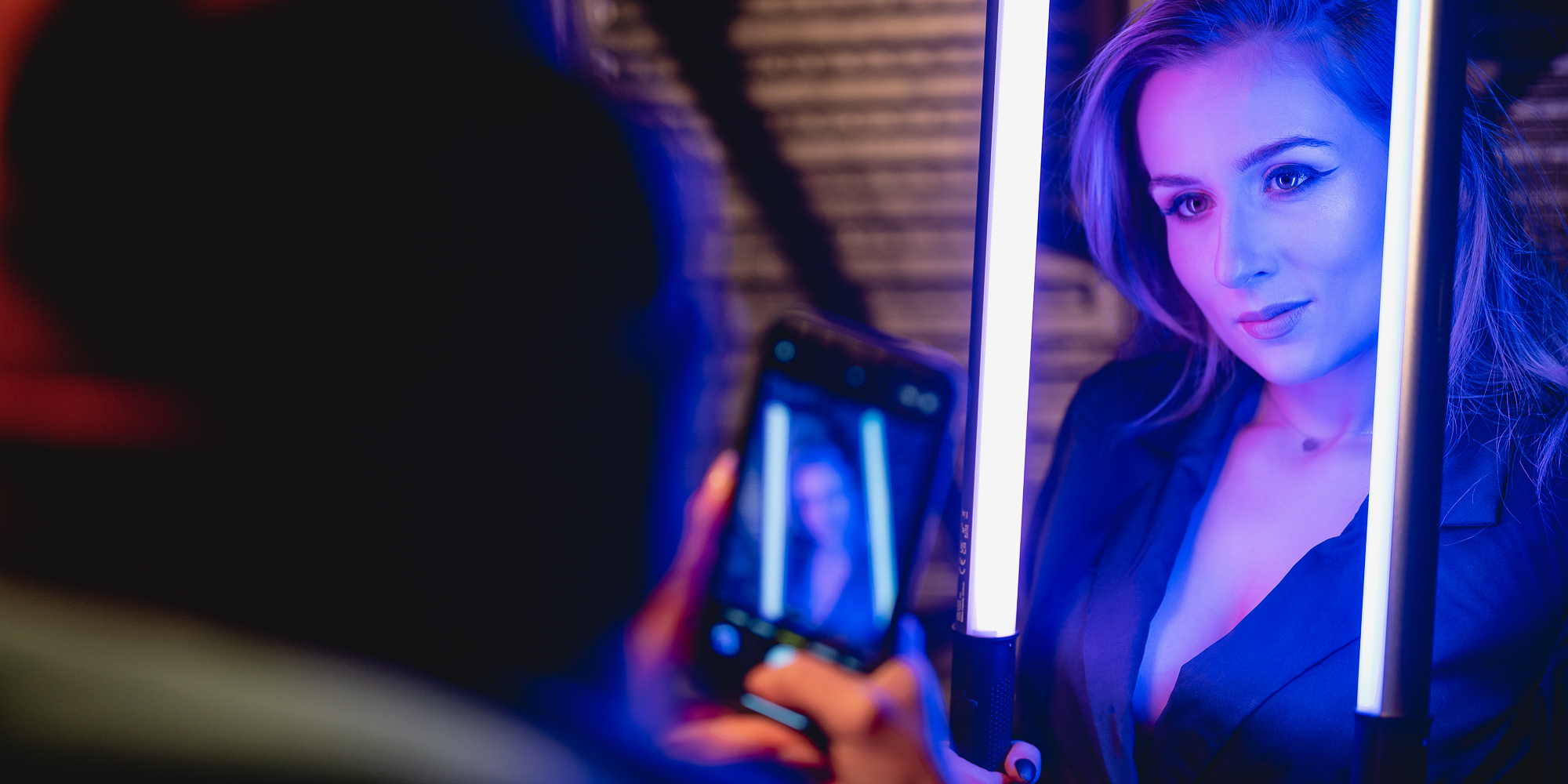
Newell RGB Kathi LED
Newell RGB Kathi is an LED lamp with a unique sword shape, which you can use creatively during photo shoots. The device offers adjustable power and color temperature, as well as 6 different light colors. It has 10 special modes that allow you to create unique special effects simulating a thunderstorm, police car roosters, or candlelight, among others. The built-in 2200 mAh battery and USB-C power capability will provide comfortable hours of operation, while the remote control will allow you to control the settings even more easily. Also included are magnetic mounts for mounting on metal surfaces, as well as a carrying case and wrist strap.
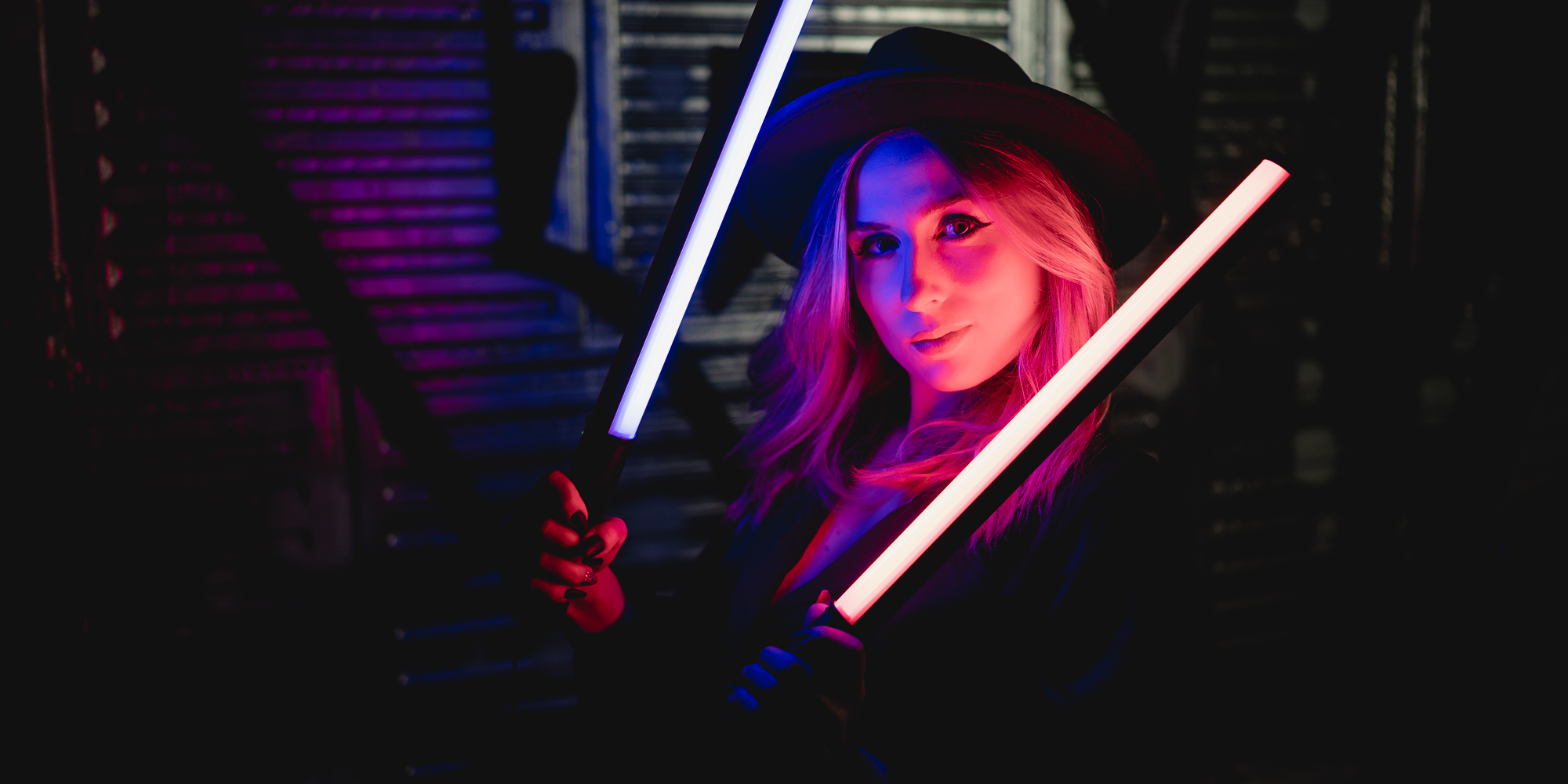
Portrait photography: take care of the composition!
In portrait photography, compositional techniques are a key element in creating strong and convincing shots that convey both the emotion and personality of the subject. The tri-partition rule is one of the most important compositional techniques in portrait photography. Dividing the frame into a grid of nine areas helps place the main elements in strategic places, giving the photo balance and an interesting layout. Another technique is the use of space. It provides an easy way to highlight subtle emotions. Leaving space around the model is a place for “breathing”, which can add depth and dynamics at the same time.
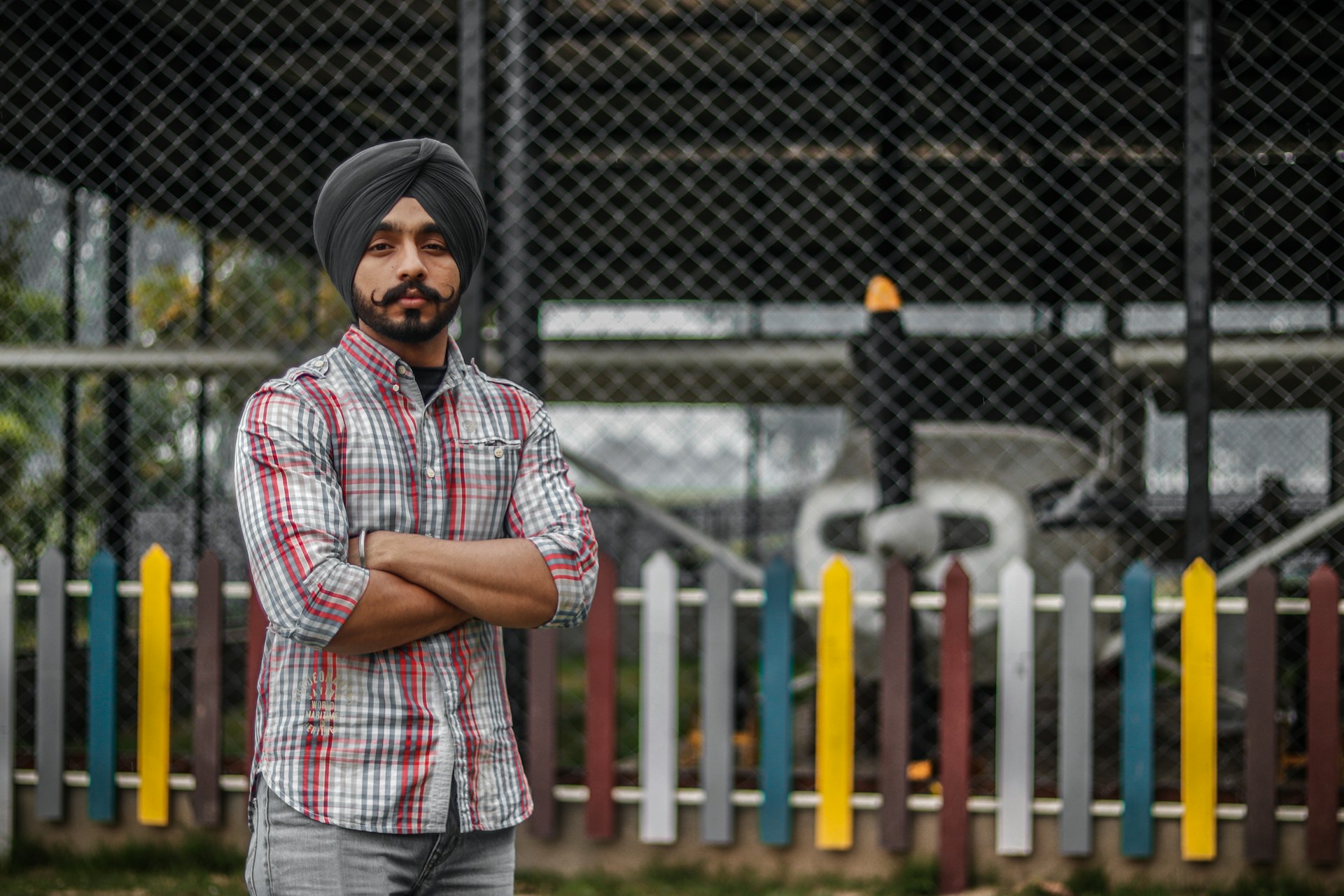
Perspective and photo layout
Experimenting with angles is another area worth paying attention to. Changing the perspective, whether by shooting from above, below, or from the side, allows for unconventional and interesting shots. It is also worth noting the lines and shapes present in the background. Taking advantage of the model’s or model’s surroundings helps direct the viewer’s eye to the right place and adds unconventional elements to the composition. The perception of the photo is also affected by the choice of frame orientation. A vertical frame can emphasize the figure’s silhouette, while a horizontal frame will better reflect the surroundings.
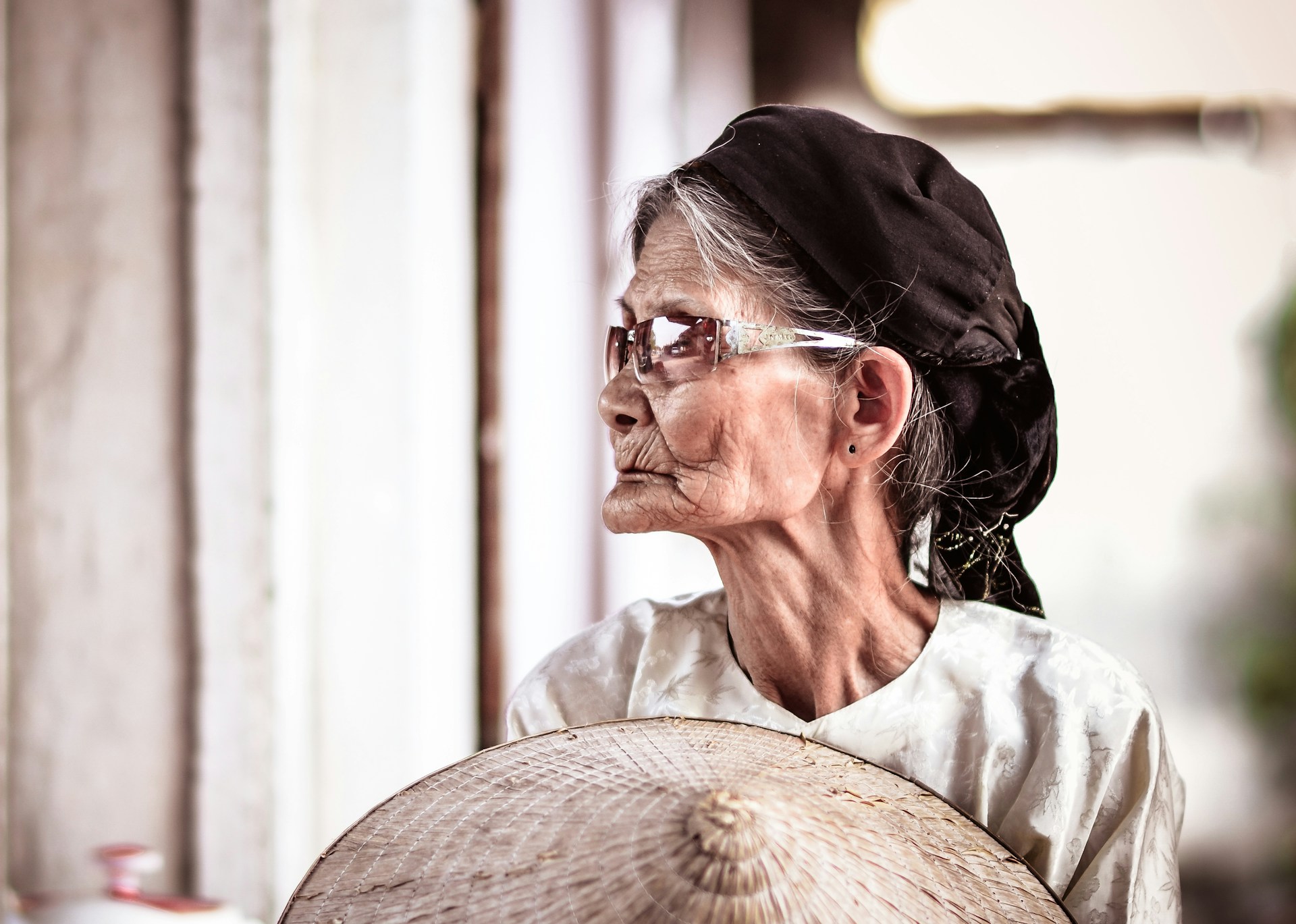
Frame sharpness and body language
The use of contrast between the sharp and out-of-focus points of the frame is a technique worth using to focus attention on the key elements of the portrait. Controlled blurring of the background can further enhance the effect. Equally important is the expression of the photographed person’s body. A tilted head and raised hands – these subtle elements can add drama and expression to the overall portrait.
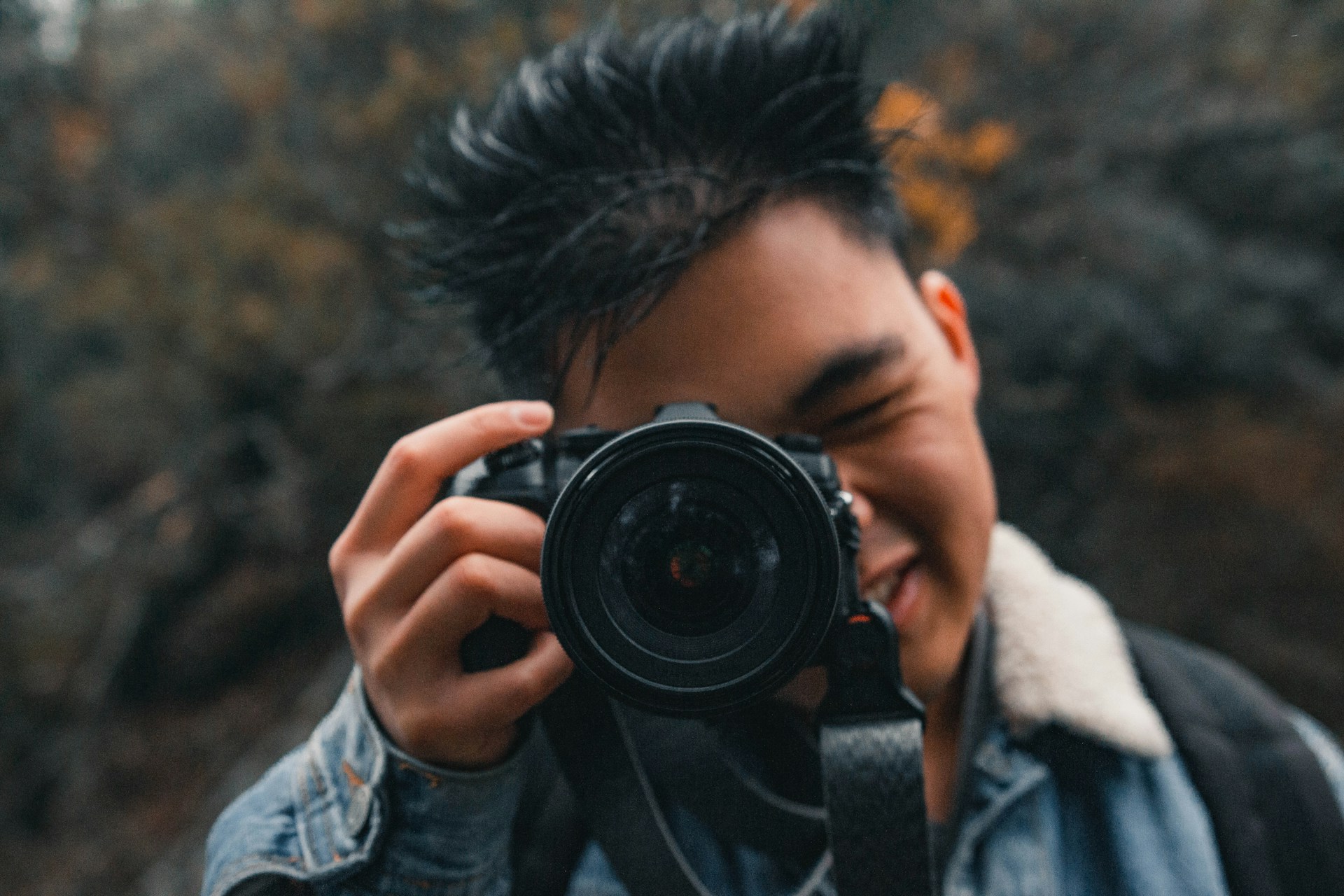
Choosing the right background in portrait photography
The role of the background in the context of conveying emotion cannot be overestimated. The right context can enhance and emphasize the feelings being expressed. How we choose a background directly affects what emotions we want to convey to the viewer. A minimalist background can focus attention on the model, emphasizing his facial expression and body. On the other hand, a background with context, whether it’s the location of the shoot or the setting in the studio, can provide additional meaning and depth. It’s not just a matter of aesthetics, but more importantly, understanding what kind of background will work best with the intended message. Matching the background to the theme of the shoot, and taking into account the color scheme or atmosphere, are all elements that help create a cohesive message.

Establishing a relationship with the model
In portrait photography, the relationship between photographer and model is the foundation of a successful session, directly affecting the quality and authenticity of the shots. Techniques for building trust and comfort during the shoot are integral to the process. Starting the session with an open conversation, clarification of goals, plans, and a shared concept for the shoot creates a solid foundation for a successful collaboration. Including the hero or heroine of the shoot in the creative process makes the session a shared experience, which translates into greater authenticity.
How do you encourage the model to express authentic emotions? The key is to actively listen and understand our hero or heroine as an individual. Learning about the person’s interests, character, and life history are all actions to make the person feel at ease. The ability to encourage spontaneous reactions and gestures is also valuable. They are often the essence of a true portrait.

Capturing valuable moments in portrait photography
It is worth realizing the importance of capturing spontaneous moments. Therein lies the essence of portrait photography, when the model or model becomes himself, and the lens catches real emotions in the frames. Sometimes it is the unplanned gestures, glances, or smiles that give a photo its unique character.
One of the key elements is to be ready to catch emotions in the frame. You can’t always predict when a model will express their true feelings. That’s why it’s important to be ready to react and to be sensitive to any change in mood. Patience and vigilance during the session allow you to capture those very priceless moments.
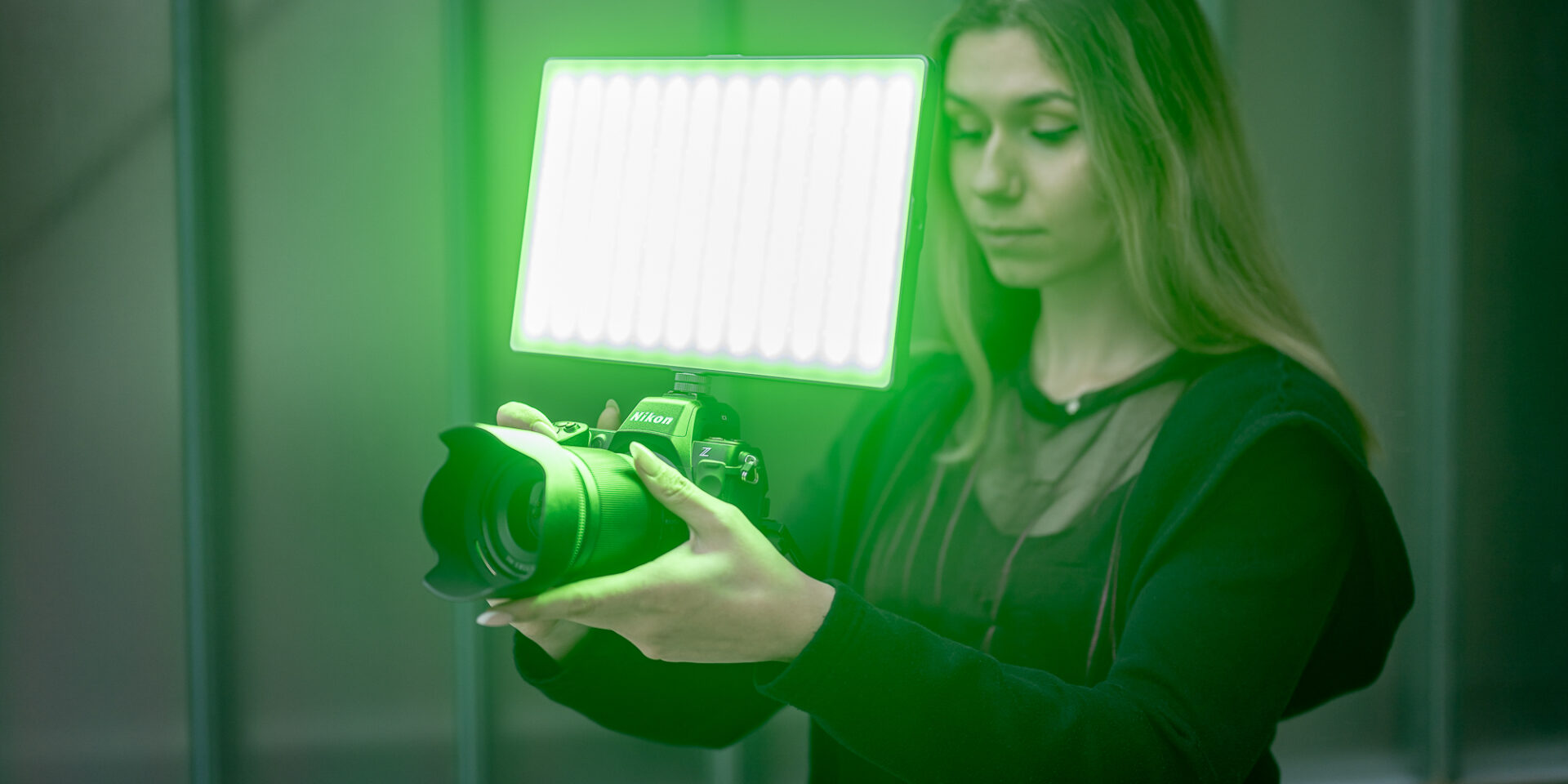
The art of portrait photography also lies in the ability to avoid artificiality. Naturalness in the frame is key, as it is what allows you to create a believable portrait. Rather than forcing a smile or pose, it’s a good idea to focus on creating an atmosphere of freedom and confidence. Encouraging a person to be themselves, to express themselves in front of the lens, leads to valuable and unique shots.



